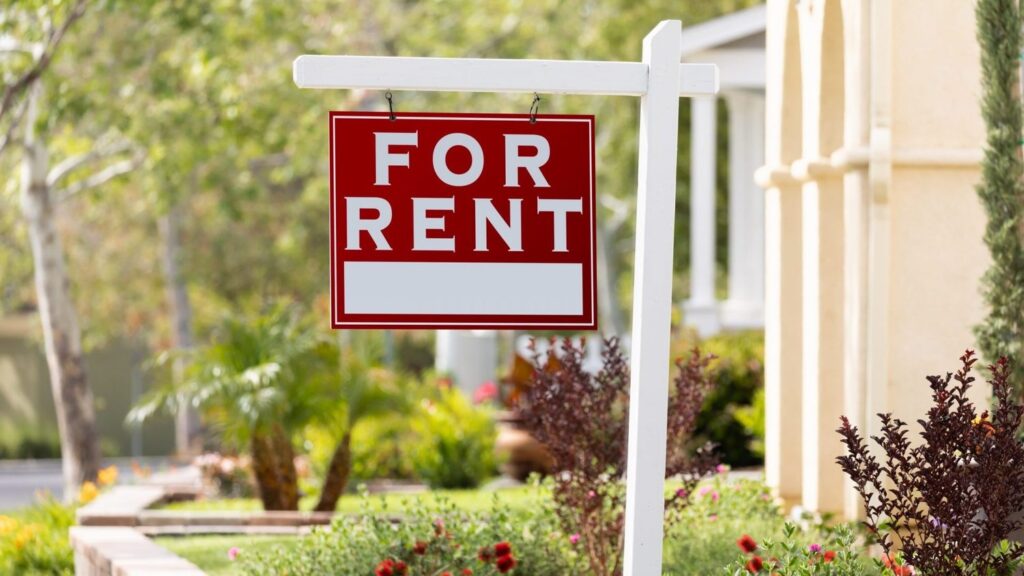It’s cheaper to rent than buy in most of the US, a new housing analysis found, unless you’re lucky enough to live in four select cities.
The typical home’s monthly mortgage cost is lower than its monthly rent in Detroit, Philadelphia, Cleveland, and Houston, according to the analysis of the 50 most popular metros by real estate brokerage Redfin. These were also the only places where more than 50% of homes in each respective market were more affordable to purchase than rent.
In all other major cities — from San Jose, California to Pittsburgh — renting was more affordable than buying, the report found, a blow to potential homebuyers.
Skyrocketing home prices, elevated rates, and still hot inflation have crushed buyer affordability across the US. Still, somehow those few markets have weathered the storm.
“It’s easier to build there,” Daryl Fairweather, chief economist at Redfin, told Yahoo Finance about the four cities. “[And] home prices never really accelerated during the pandemic in those areas, at least not as much as they did in the rest of the country.”
“They didn’t have big swings in prices when mortgage rates ticked up,” she added. “It hasn’t really exacerbated housing affordability the way it has in other parts of the country.”
Redfin’s calculations considered a 6.5% mortgage rate and a 5% down payment, a homeowners insurance rate equal to 0.5% of the purchase price, and 1.25% annual property tax rate if no tax records were available.
Where it’s cheaper to buy
Detroit was by far the most affordable city to purchase a home, Redfin found.
The median monthly mortgage payment in Detroit was $1,296 in March, Redfin estimated, compared with a monthly rent of $1,697, making it 24% less expensive to buy a typical home there. That was the largest discount percentage-wise among the 50 most populous metros.
Philadelphia followed next with a 7% ownership discount, then Cleveland with a 4% discount), and Houston with 1% discount.
Nationwide, though, the typical home costs 25% more to buy than rent, the company’s analysis found.
According to Redfin Deputy Chief Economist Taylor Marr, these areas didn’t experience a run-up in prices as newcomers flooded the market during the pandemic as was the case with boomtowns that saw home prices soar.
“Home values in Cleveland and Detroit are stagnant compared to pandemic boomtowns like Phoenix and Miami, so they don’t experience huge booms,” Marr wrote in the report. “But that also means they don’t experience the huge busts that are currently underway in much of the US.”
As a result, 80% of properties in Detroit are cheaper to buy than rent. That share was 59% in Philadelphia, 57% in Cleveland, and 52% in Houston. Nationwide, only 19% of the housing stock is more affordable to purchase than rent.
“It’s a double-edged sword, though,” Marr added. “When house hunters can’t build a lot of equity, they have less of an incentive to pay a premium to own.”
Where it’s more expensive
By contrast, home prices have surged in the majority of large cities across the country, making properties unaffordable.
In San Jose, the typical home is 165% more expensive to buy than rent, Redfin found, representing the largest premium percentage-wise out of the 50 metros. Residents there faced a median monthly mortgage payment of $11,049, compared with a median monthly rent of $4,176.
San Francisco had the second-highest ownership premium at 139%, followed by Oakland, Calif. (99% premium); Anaheim, Calif. (91% premium); and Seattle (88% premium).
That meant virtually no homes in those cities were cheaper to buy than rent, Redfin noted.
Although home prices have softened in some of those markets recently, the declines haven’t been enough to improve affordability very much.
“California has recently seen a decline in home values because of how high rates are, but homes in California are still really unaffordable,” Fairweather said.
‘We need more supply’
Although higher mortgage rates have aggravated homebuyer affordability, the lack of inventory is the real, underlying problem across much of the country, Fairweather said.
Available inventory of unsold single-family homes rose by 0.7% this week to 436, 284 homes, according to a separate survey from real estate analytics firm Altos Research. There are now 16% more homes on the market compared with last year at this time. At the beginning of the year, there were 70% more homes versus the previous year.
At this pace, “this tells us that by mid-July we’ll have negative year over year inventory growth,” Altos President Mike Simonsen wrote in a blog this week.
That same lack of supply has kept home prices elevated throughout the US. The median price of a single-family home was $450,000 this week, unchanged from last week and unchanged from a year ago. Recently rising mortgage rates have made that price tag more expensive.
“We’d have to have more supply,” Fairweather said. “That’s like the only real long-term solution to improve affordability because when market rates come back down, prices will go right back up.”
Source : Yahoo


